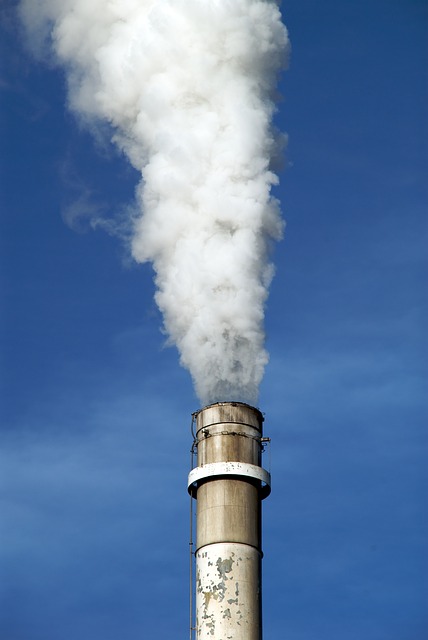
Image: CC0 Public Domain
When it comes to understanding the factors behind climate change, many scientists point to greenhouse gases – the main contributor being carbon dioxide. From upcycling the greenhouse gas to transforming CO2 into clean burning fuels, electrochemists and solid state scientists are tackling some of the most pressing issues in global warming.
But some researchers are now shifting that spotlight to black carbon (or soot) – the runner-up in factors causing the plant to warm, and one that is often overlooked.
Black carbon is typically created from the running of diesel engines, coal-burning plants, and open biomass incineration. It has been known from its negative impact on health, but it also absorbs light and mixes with water taken from clouds, creating devastating effects.
This from Popular Science:
Eliminating black carbon could stop about 40 percent of global warming. It’s not hard to “scrub” emissions at their source. And because soot only stays in the air for weeks, there would be a near-immediate decrease in the planet’s heating, buying us more time to replace fossil fuels with clean energy. But doing so would trigger a second type of climate change. When black carbon reaches the atmosphere, it’s already mixed with sulfur dioxide and other organic matter. Those particles actually reflect sunlight, causing a “global cooling” effect by preventing that solar radiation from penetrating the lower levels of the atmosphere.
Researchers are looking to combat this catch 22 by isolating and filtering black carbon.


